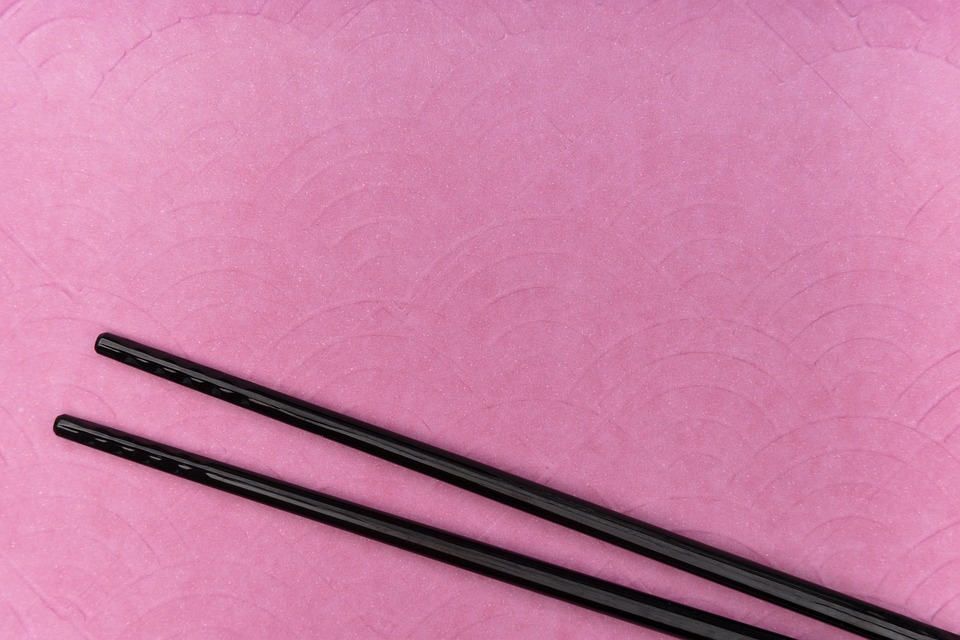[ad_1]
Traditional psychotherapy is usually talk therapy. You talk about your thoughts and emotions, behaviors and attitudes. You may reflect upon your past, your childhood, your previous and current relationships and the issues you are currently struggling with. Often the focus is on changing your behavior and changing your attitudes so that you can communicate more clearly with others and create more satisfaction in your life.
Body psychotherapy methods have a similar intention, to help you to gain clarity about your life and make the changes you desire to effect greater satisfaction. However, in a body psychotherapy session you might focus on your breathing – is it shallow, is it choppy, are you holding your breath, is your abdomen tight or feeling painful? You might also focus on sensations that you feel, aches and pains, tightness and other sensations. The therapist might encourage you to exaggerate the tightness so that you truly feel it or to allow your body to let go of tension and really relax. As your body begins to
let go of its habitual tension and armoring, your brain often produces images, insights, intuitions, emotional release, and creative solutions that could not have been logically obtained through talking and the reasoning mind.
BODY PSYCHOTHERAPY OFFERS THE FOLLOWING
Somatic Experiencing
Memories of traumatic experiences and painful emotional injuries are held in the body, creating neuromuscular holding patterns that lead to restricted emotional expression. Talking “about” these memories, emotions, and the related life issues, is not enough. Intellectual insight and awareness must be accompanied by a felt, bodily, somatic and emotional experience. Only as the layers of bodily tension patterns are released, can the underlying, authentic self emerge.
Body Metaphors and Body Image
Our body does not lie. Bodily symptoms often provide metaphoric messages about our life, our needs, our desires, and issues that our conscious mind may not be willing to face.
As we explore the deeper meanings, our metaphors change and our body begins to heal.
Body image distortions and dissatisfactions gradually diminish as we begin to disidentify with our body and accept it as the precious gift that it is
Touch
Our skin is the largest organ of our body. Massage therapy and other studies have shown that touch, especially loving touch, decreases stress, anxiety, depression, blood pressure, anger, pain, and neuromuscular tension, increases dopamine and serotonin levels, improves mood, and enhances relaxation. Giving and receiving caring touch can enhance emotional and sexual intimacy and pleasure.
Empathy and Safety
In the presence of a non-judgmental, supportive, and empathic therapist who is a skilled listener and respectfully offers appropriate feedback, clients have an opportunity to explore deep and important life issues in a safe and confidential environment.
Body, Mind, Spirit
To have a direct experience of the authentic self and to actually resolve persistent and repetitive problems, intellectual or emotional insight is not enough. The past, present and potential future as well as the effects upon all levels of being must be explored. Distorted thinking patterns, cognitive dissonance, disconnections between mind, body and spirit, and restrictions that interfere with spontaneity and joyful living must be addressed.
Mental Health Skills
People who understand and work toward releasing their own unique mental, emotional, physiological, and spiritual disconnections and restrictions are better equipped to deal with the uncertainty of life. They have the ability to cope with unexpected changes, unsatisfied needs, heartbreak, loss, illness, pain, inevitable aging, or simple differences and conflicts with their most intimate partners.
Methods and Modalities
Methods and modalities have evolved that incorporate teachings from psychology (psychoanalysis, developmental psychology, object relations, cognitive-behavioral, existential, gestalt, hypnosis, Jungian, Reichian, etc.), Eastern teachings (mindfulness, meditation, etc.), body therapy (Alexander Technique, Feldenkrais, Energy work, Chakra balancing, Craniosacral, massage, etc.) and transpersonal inspirations.
Methods and Techniques
The session may include: verbal and cognitive, breathwork, touch exercises, art, music, writing, journaling, guided imagery, mindfulness, grounding and centering, working with boundaries, release of energetic or neuromuscular holding patterns, inner child work, movement, dance, and physical exercise or a combination of any of these and more.
[ad_2]
Source by Erica Goodstone, Ph.D.



